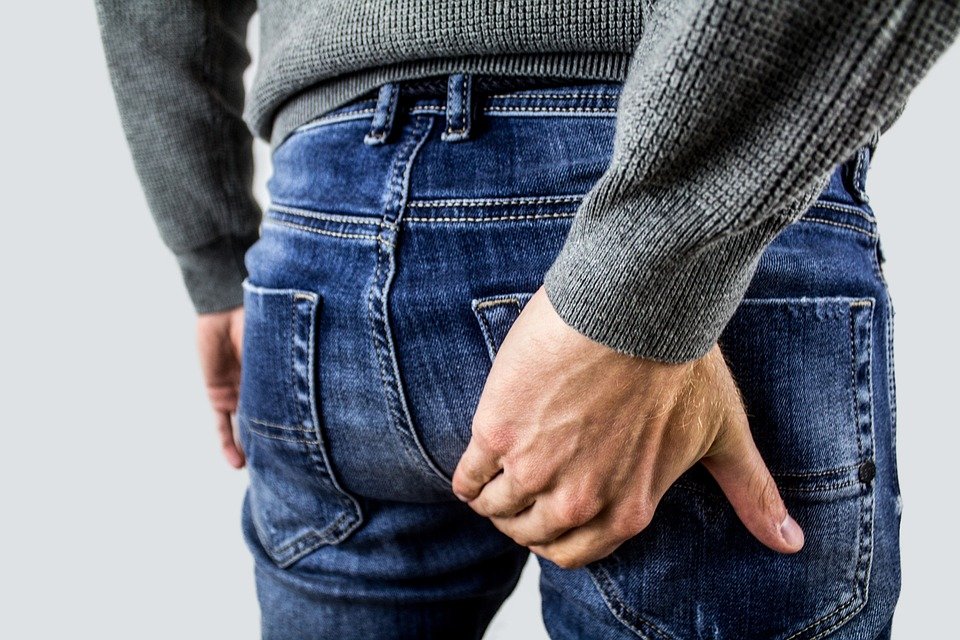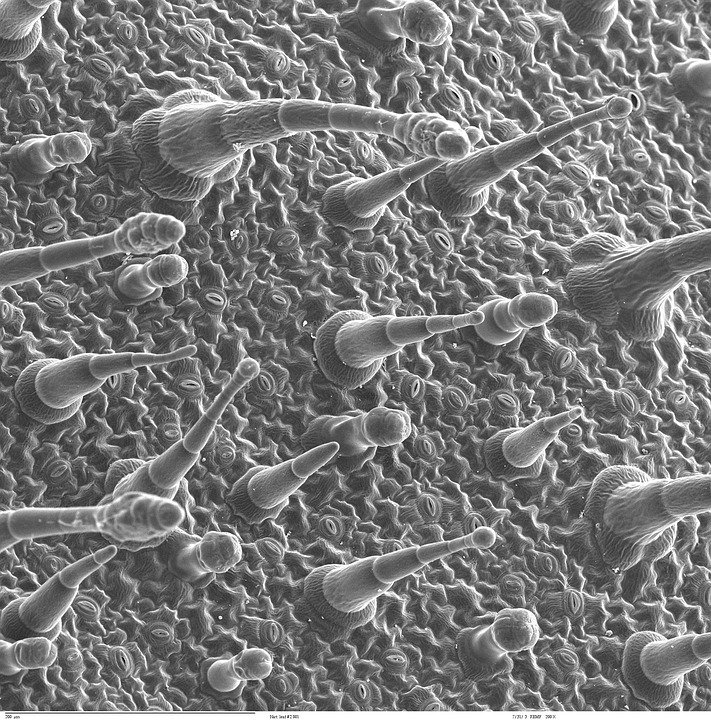
A sprain is a common injury that occurs when the ligaments in a joint are stretched or torn. Ligaments are tough, elastic bands of tissue that connect bones to each other and provide stability to the joints. Sprains can happen in any joint in the body, but they are most common in the ankle, wrist, and knee.
Understanding the causes and symptoms of a sprain is important for proper diagnosis and treatment. By knowing how sprains occur and recognizing the signs of a sprain, you can take steps to prevent further injury and promote healing.

Causes of a Sprain:
Sprains are usually caused by the sudden twisting or stretching of a joint beyond its normal range of motion. This can happen during physical activities such as sports, exercise, or even simple daily tasks. Some common causes of sprains include:

1. Falls: Tripping or slipping and falling can cause the joint to twist or bend in an unnatural way, leading to a sprain.
2. Sports injuries: Athletes are at a higher risk of sprains due to the physical demands of their sport. Sudden movements, collisions, or overexertion can result in a sprain.

3. Repetitive motion: Repeating the same movement over and over can put excessive strain on the ligaments, leading to a sprain over time.
4. Improper footwear: Wearing shoes that do not provide adequate support or stability can increase the risk of a sprain, especially in the ankles.
Symptoms of a Sprain:
The symptoms of a sprain can vary depending on the severity of the injury. Common signs of a sprain include:
1. Pain: Pain is usually the first symptom of a sprain. It can range from mild to severe, depending on the extent of the injury.
2. Swelling: Swelling around the affected joint is a common sign of a sprain. The swelling is caused by the body’s natural response to the injury, which includes increased blood flow and fluid accumulation.
3. Bruising: Bruising or discoloration of the skin may occur due to bleeding under the skin as a result of the injury.
4. Difficulty moving the joint: A sprain can cause stiffness and limited range of motion in the affected joint. Moving the joint may be painful or difficult.
5. Tenderness: The area around the sprained joint may feel tender to the touch, especially when pressure is applied.
Diagnosis and Treatment:
If you suspect you have a sprain, it is important to seek medical attention for proper diagnosis and treatment. A healthcare provider will perform a physical examination of the affected joint, possibly followed by imaging tests such as an X-ray or MRI to determine the extent of the injury.
Treatment for a sprain typically involves the R.I.C.E method, which stands for rest, ice, compression, and elevation. Resting the injured joint, applying ice to reduce swelling, using compression bandages to support the joint, and elevating the injured limb can help alleviate pain and promote healing.
In some cases, physical therapy or rehabilitation exercises may be recommended to help restore strength and flexibility to the affected joint. Severe sprains may require immobilization with a splint or brace to allow the ligaments to heal properly.
Preventing a Sprain:
To reduce the risk of sprains, it is important to take precautions during physical activities and everyday tasks. Some tips for preventing sprains include:
1. Wearing proper footwear with good support and traction.
2. Warming up before exercising or participating in sports.
3. Using proper techniques and form during physical activities.
4. Strengthening the muscles around the joints to provide added support and stability.
By understanding the causes and symptoms of a sprain, you can take steps to prevent injury and promote proper healing if a sprain does occur. If you experience persistent pain, swelling, or limited movement in a joint, it is important to seek medical attention for evaluation and treatment. With proper care and rehabilitation, most sprains can heal successfully, allowing you to return to your normal activities pain-free.

Discover more from Bibliobazar Digi Books
Subscribe to get the latest posts sent to your email.


